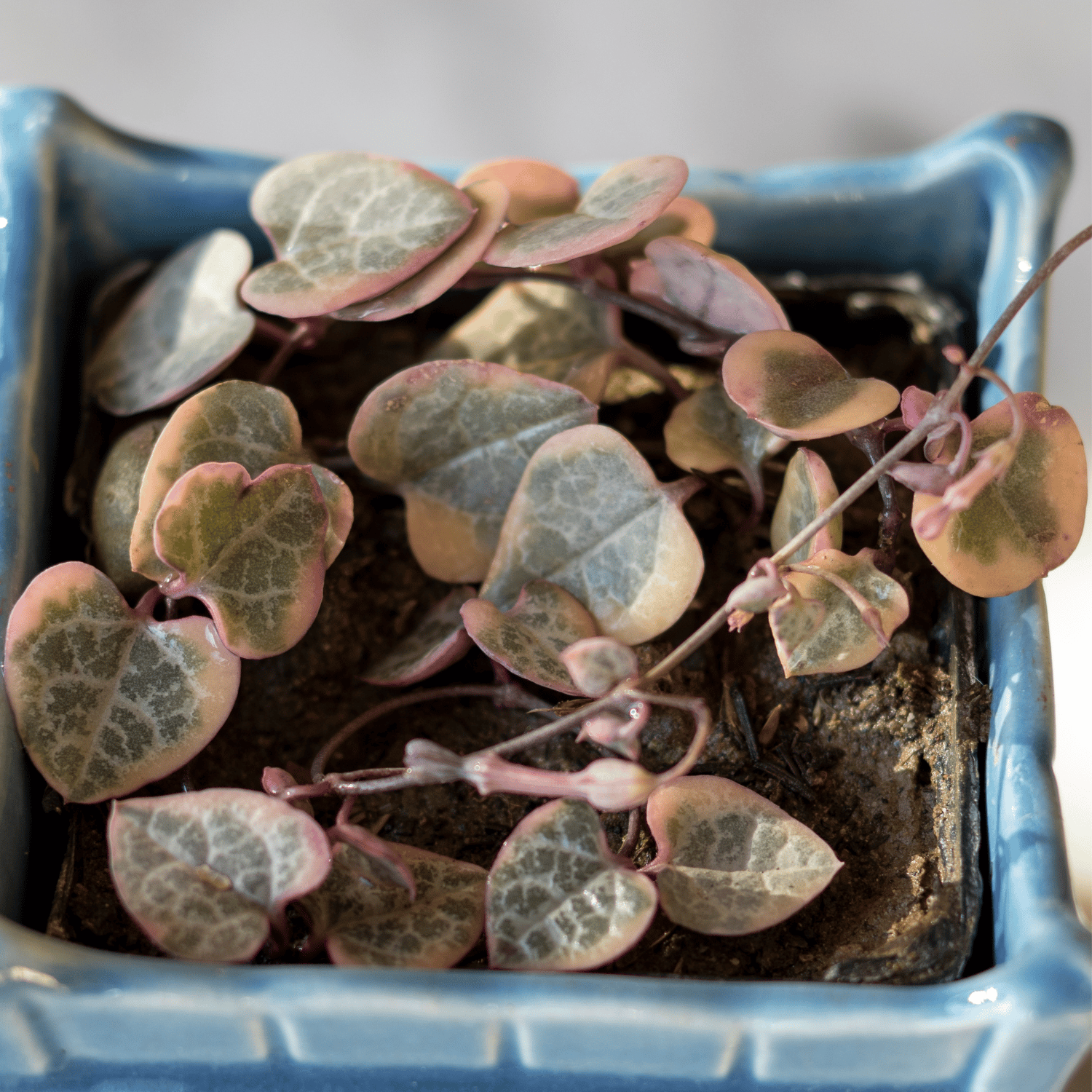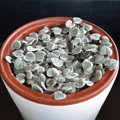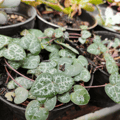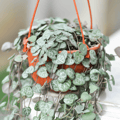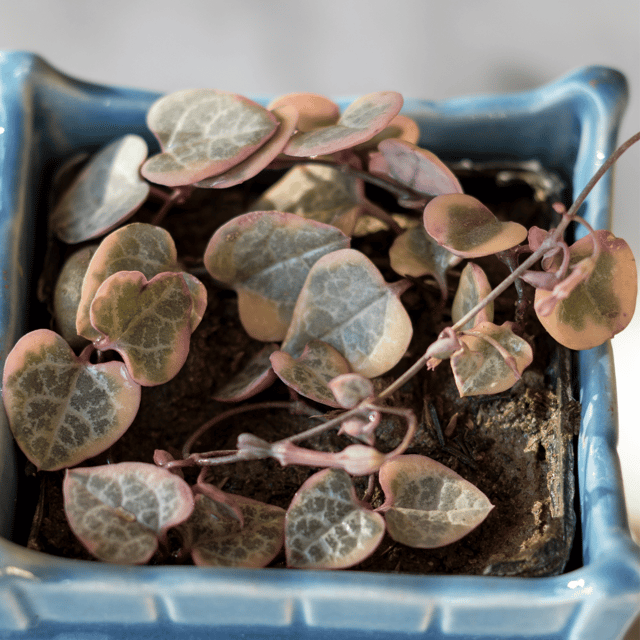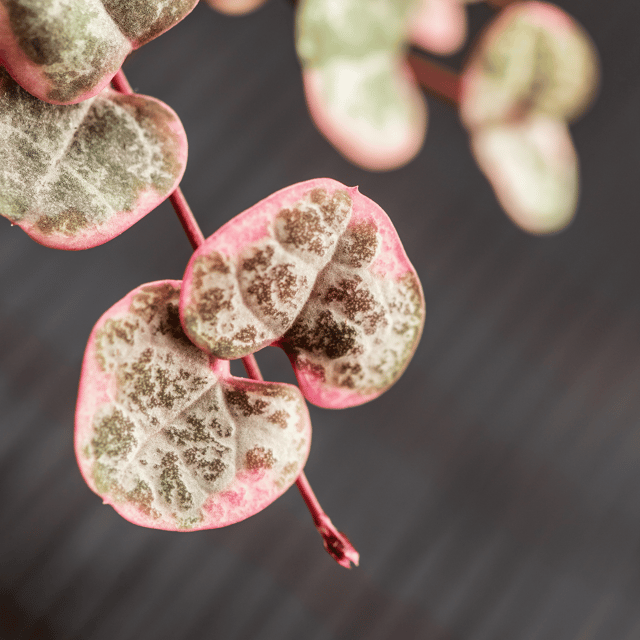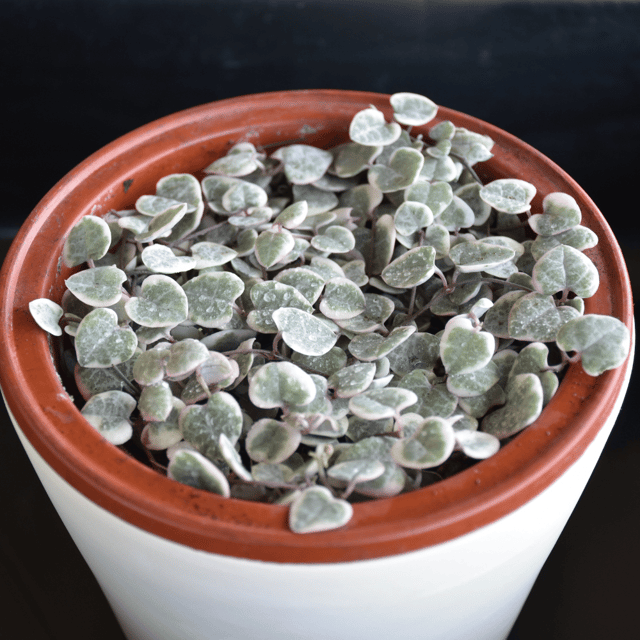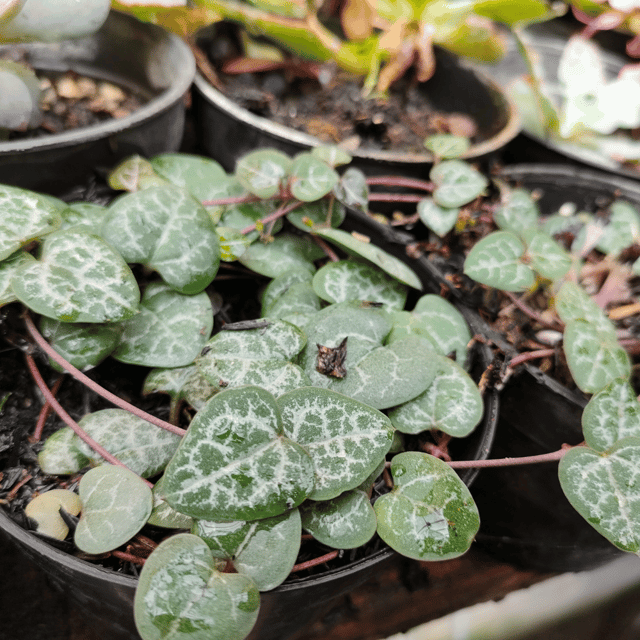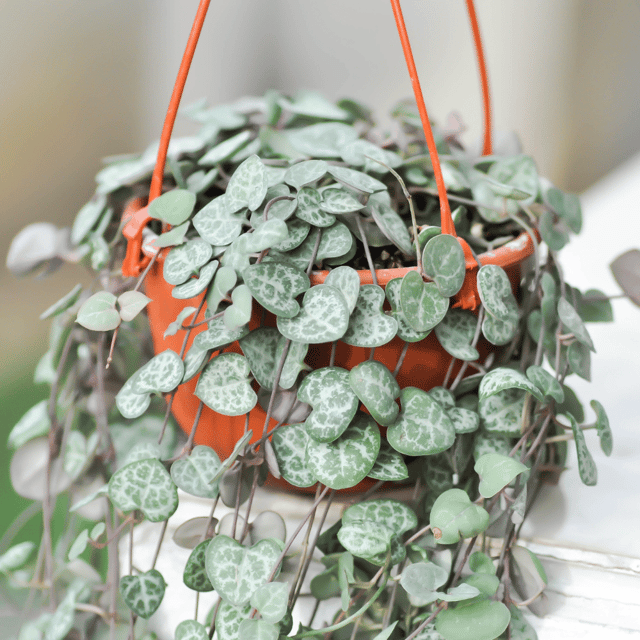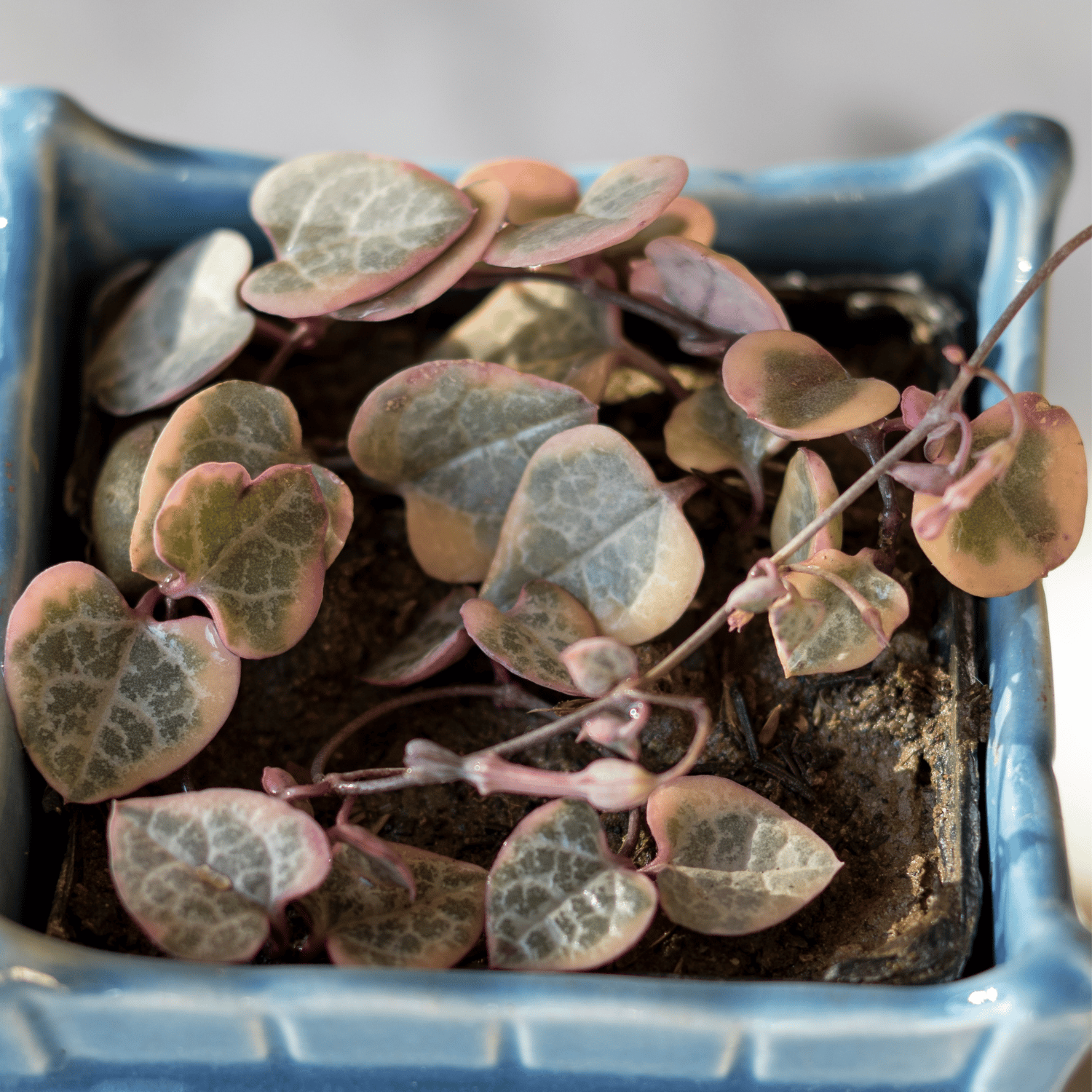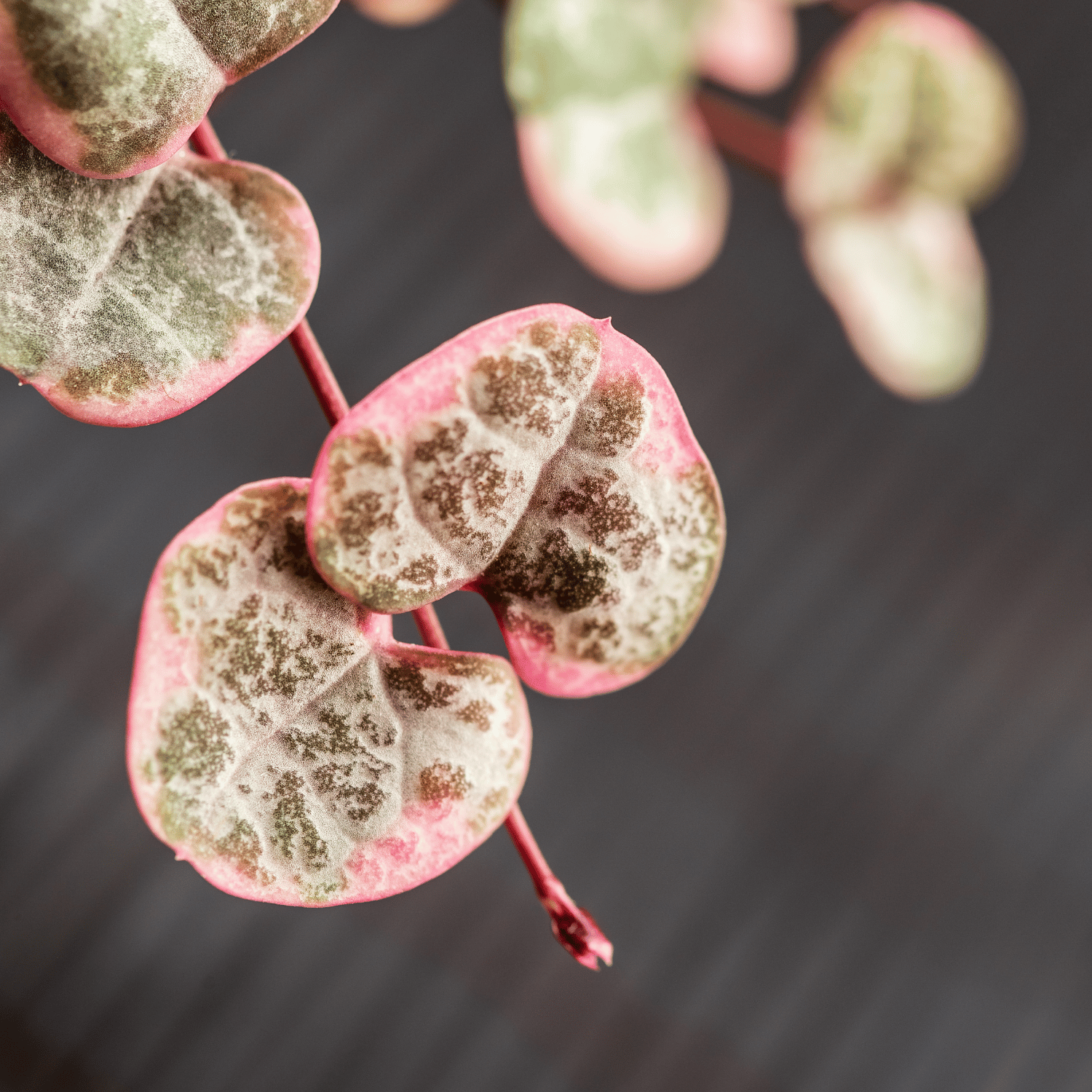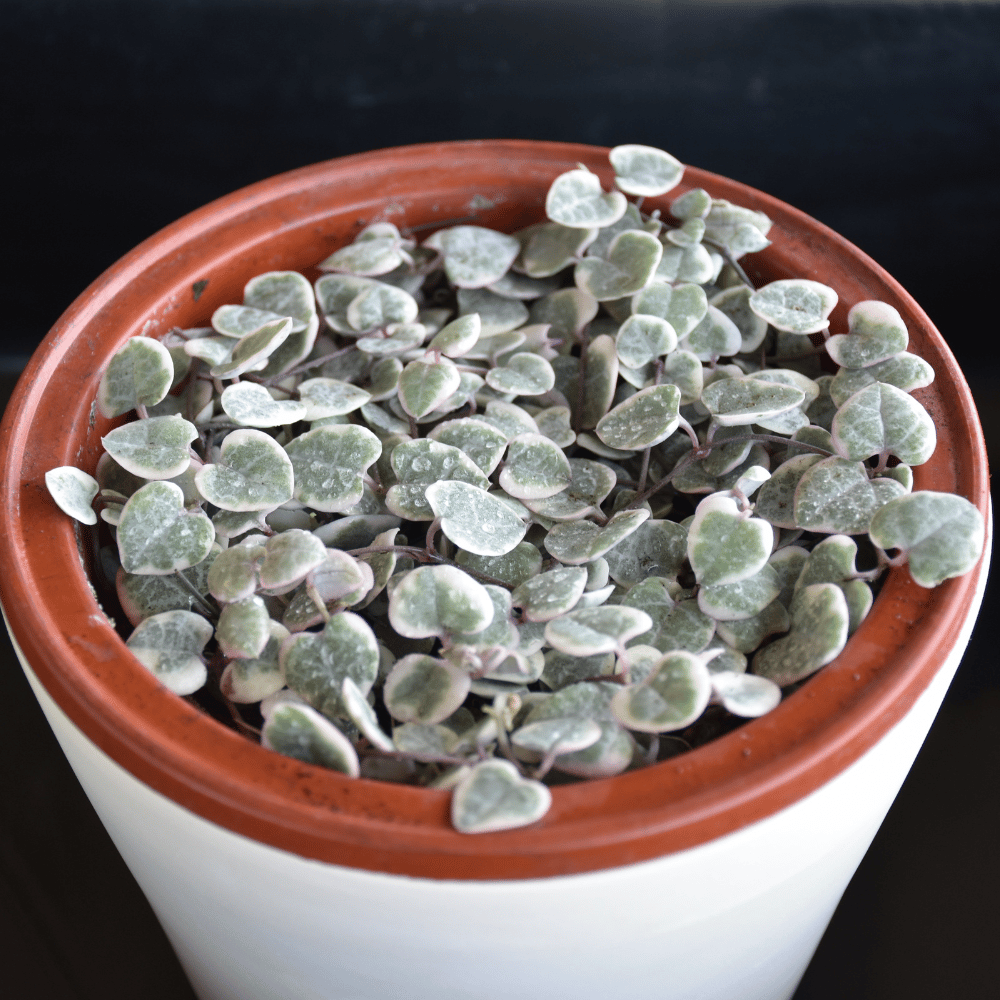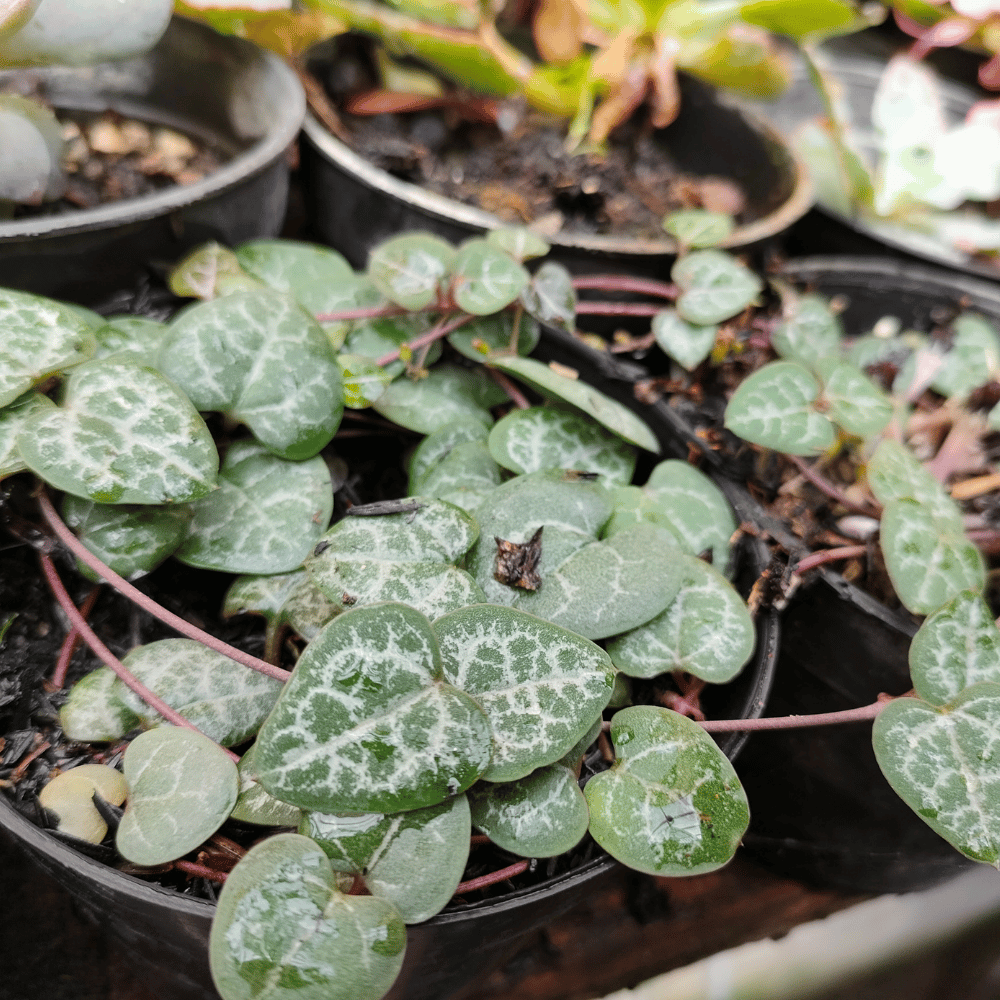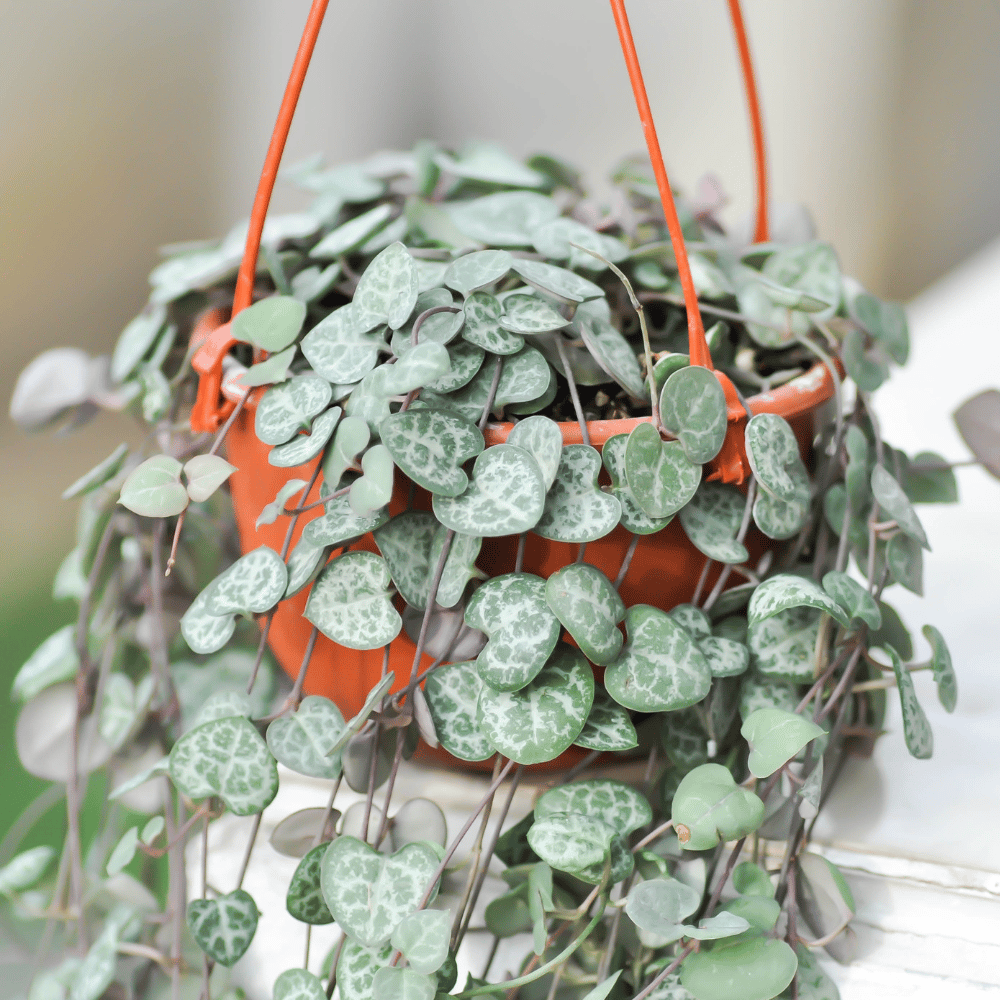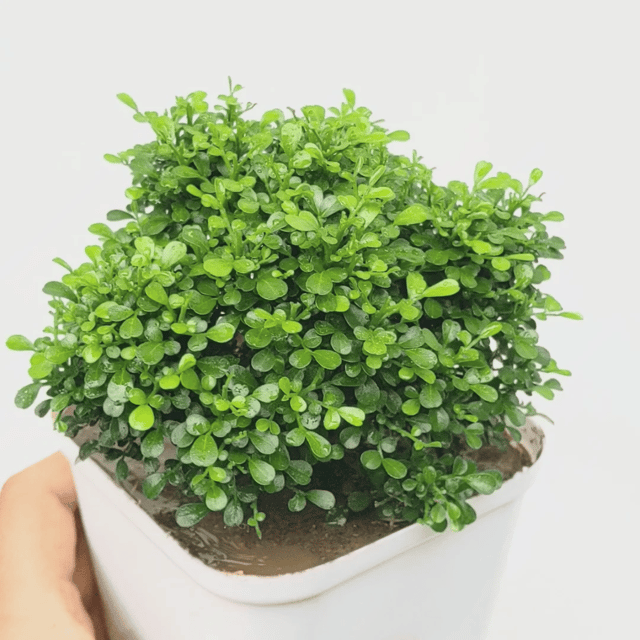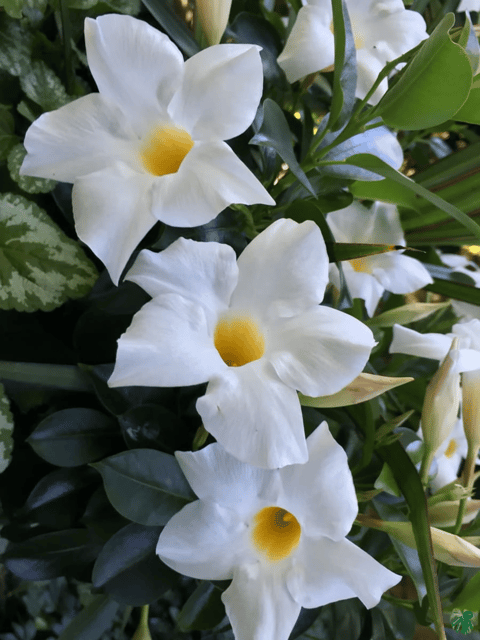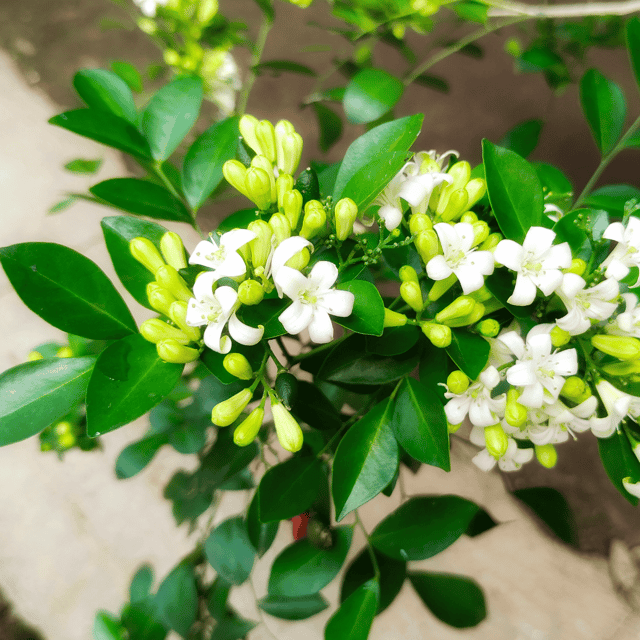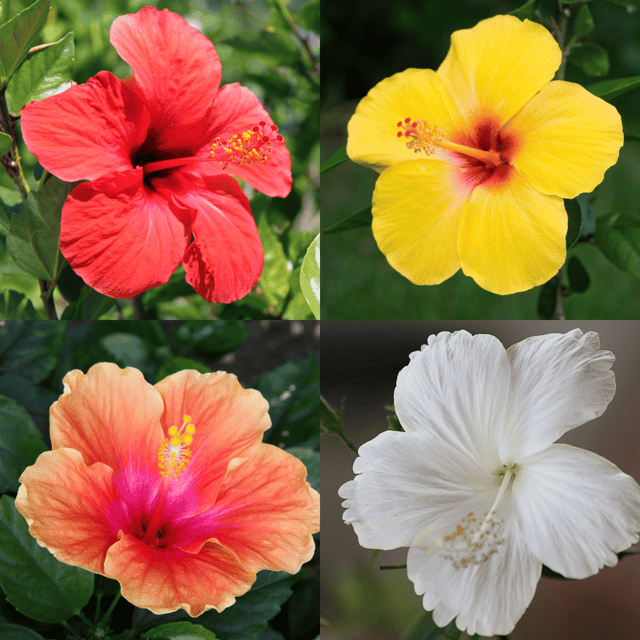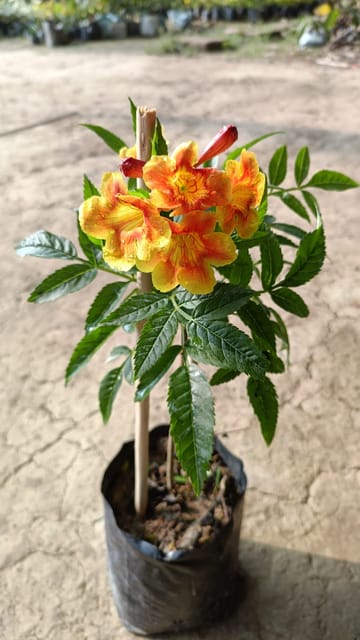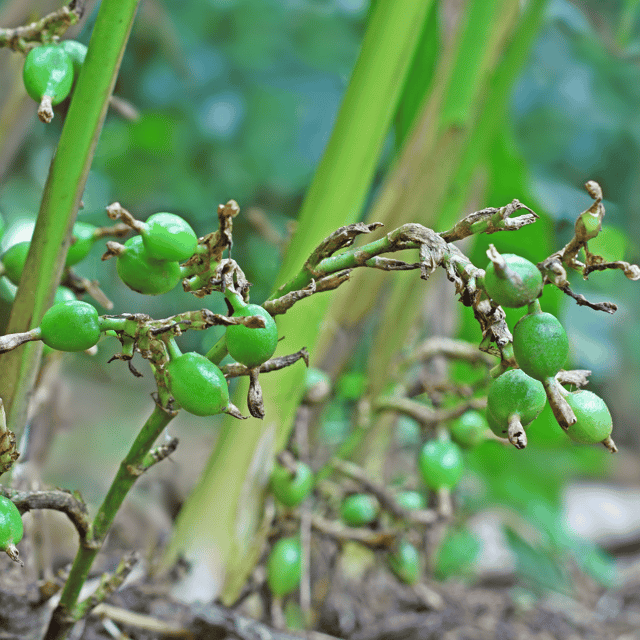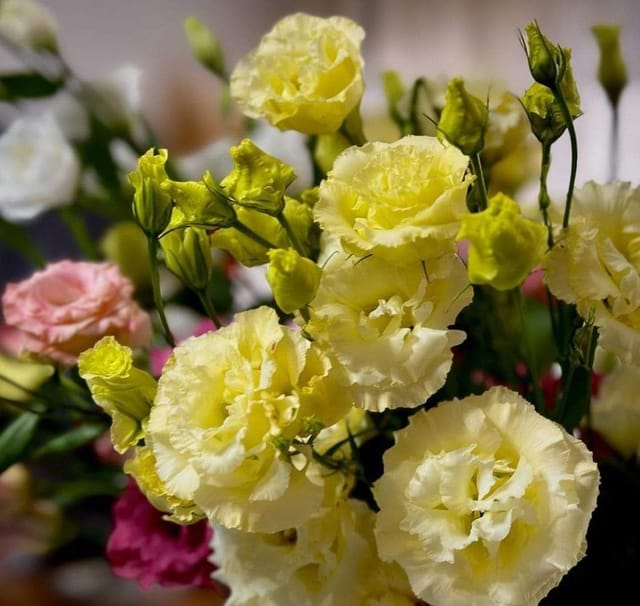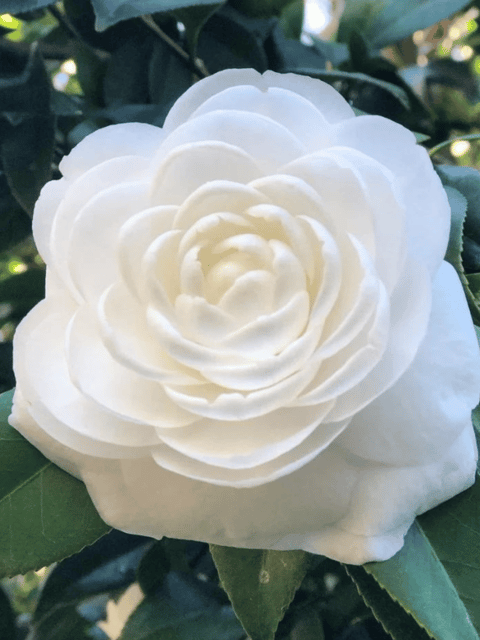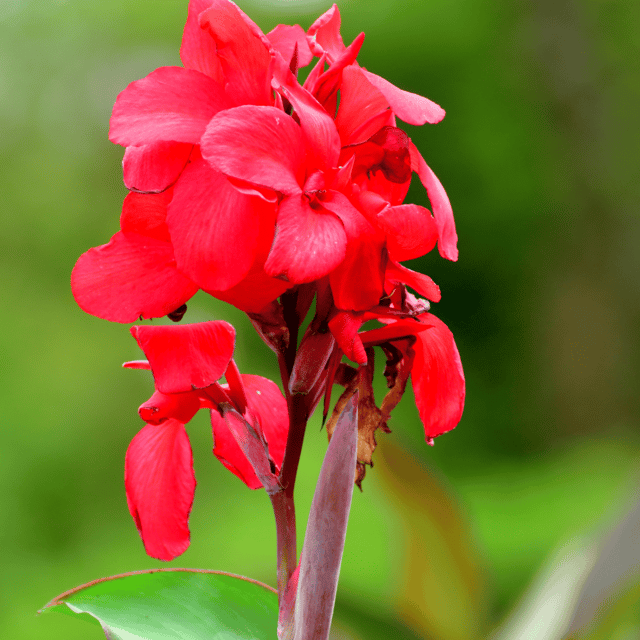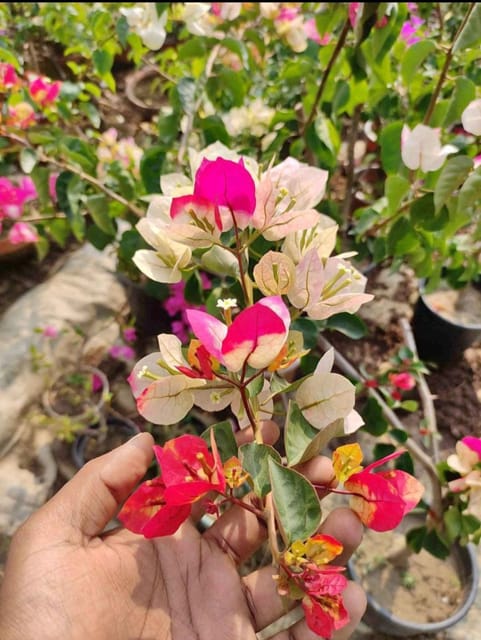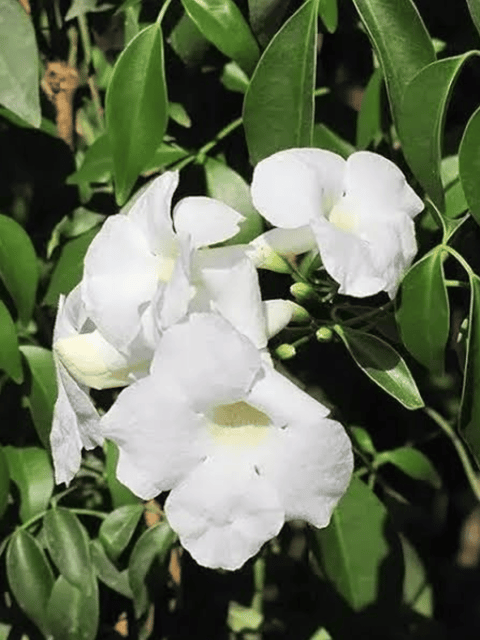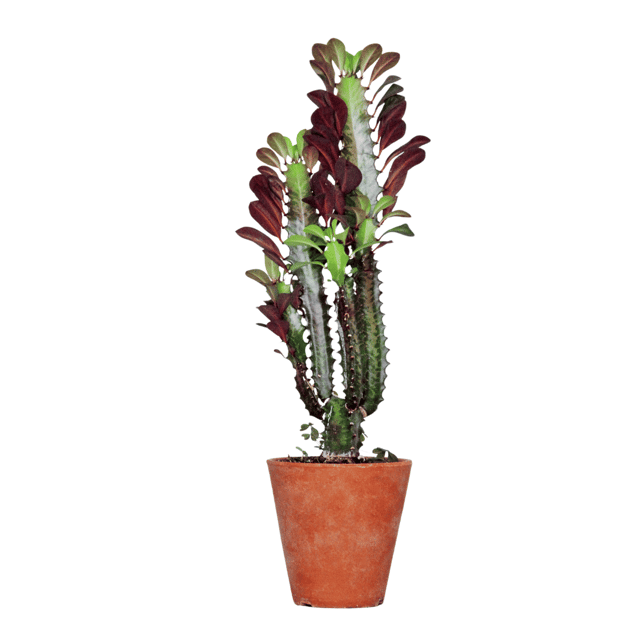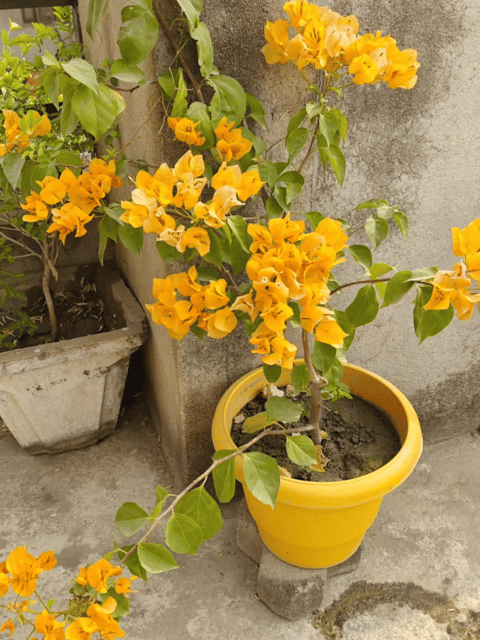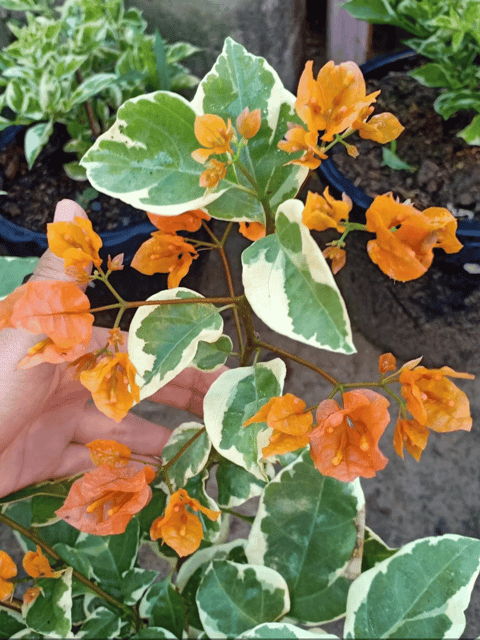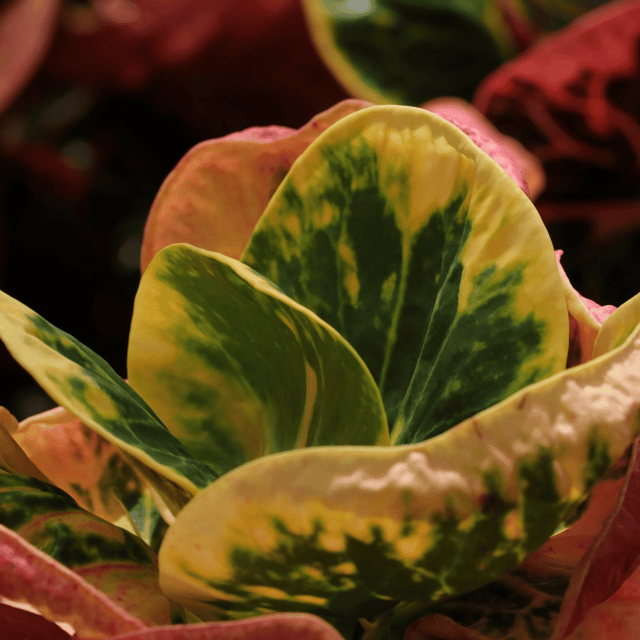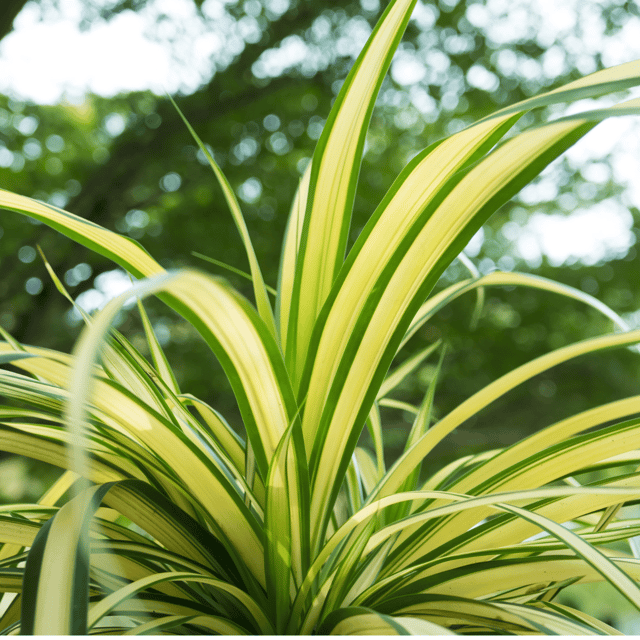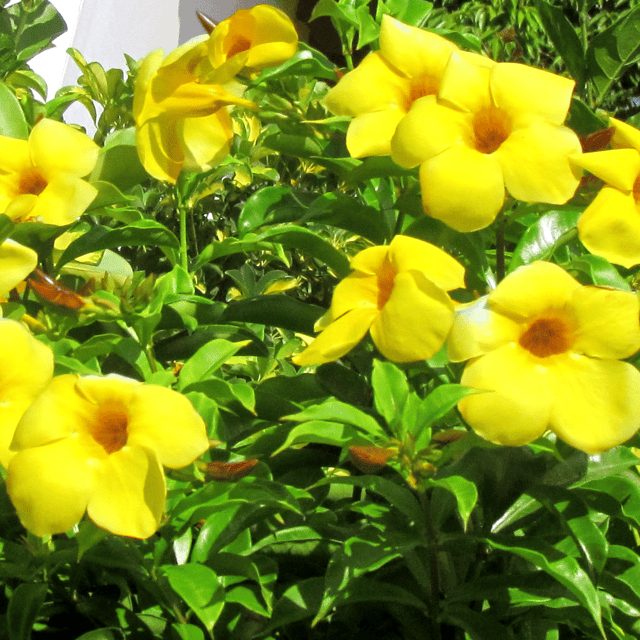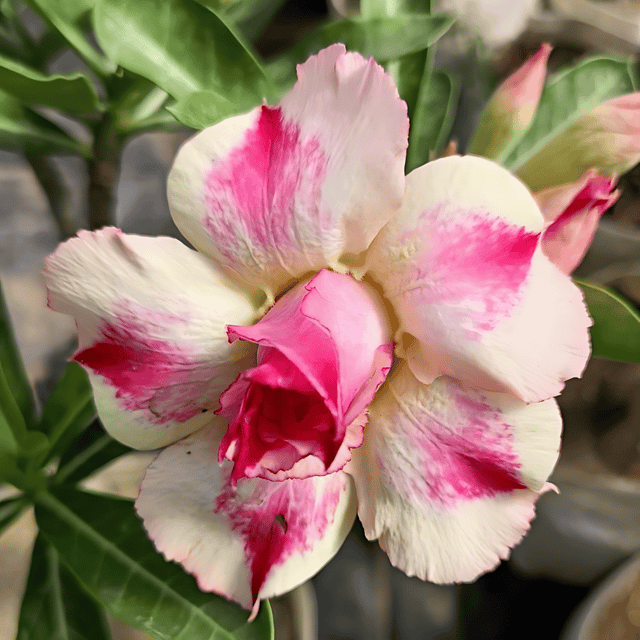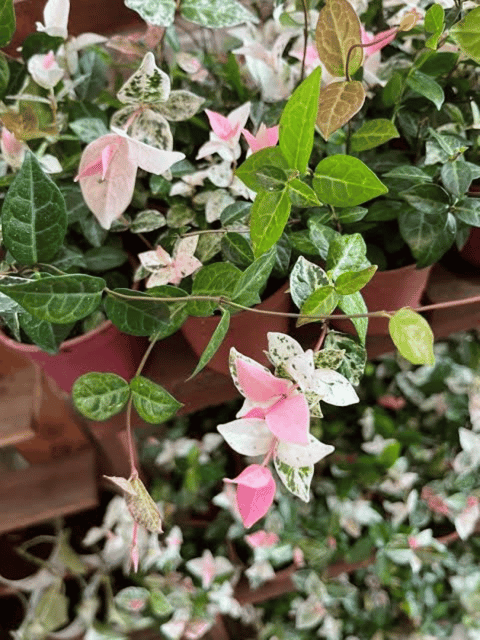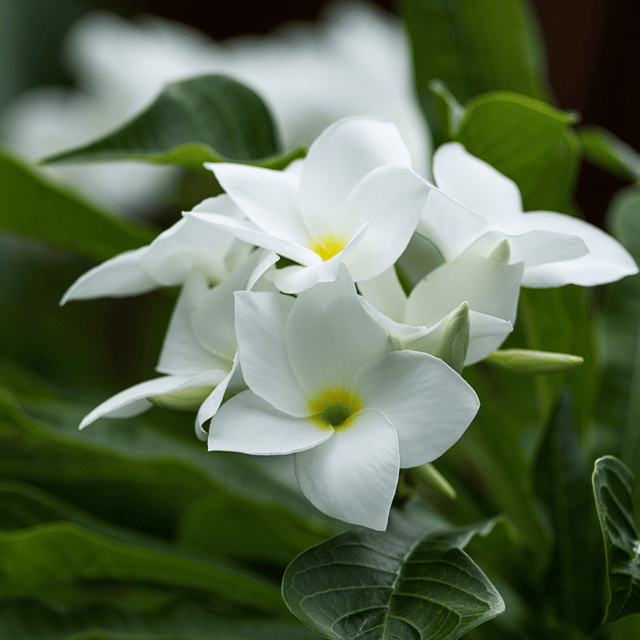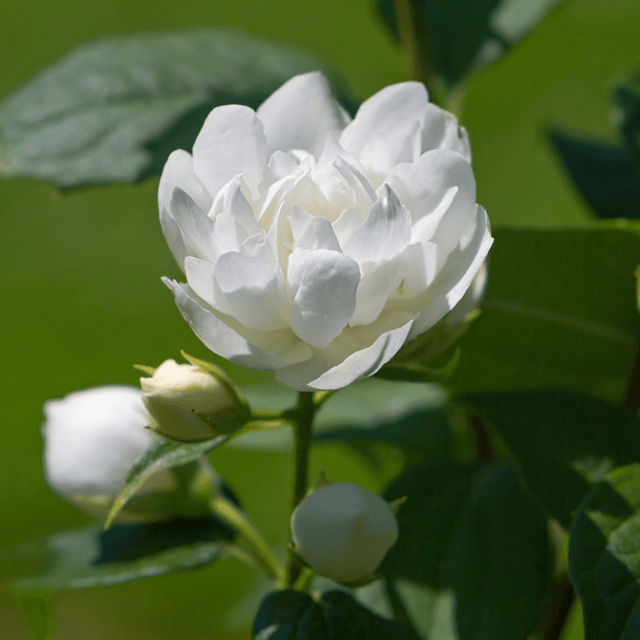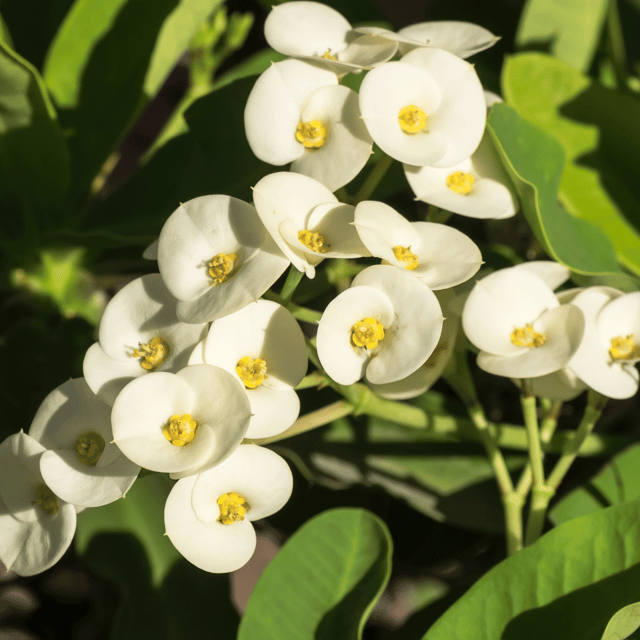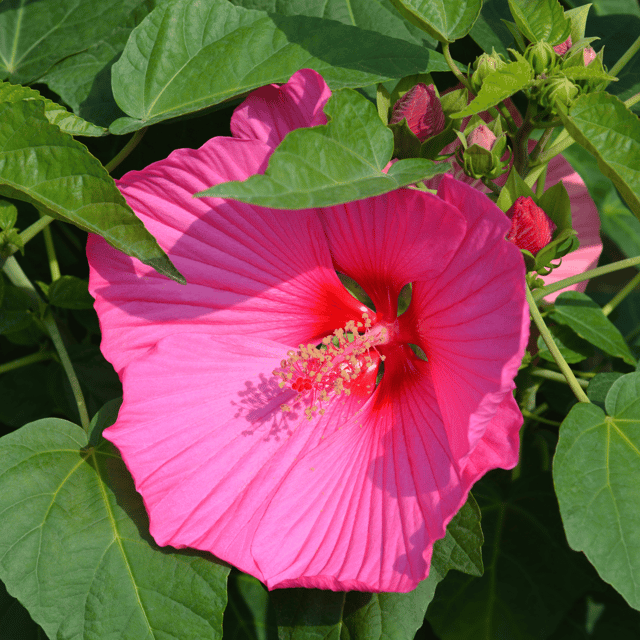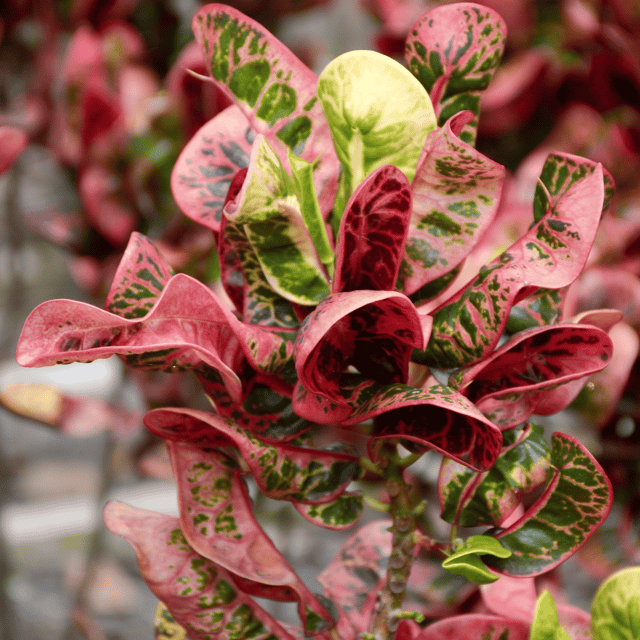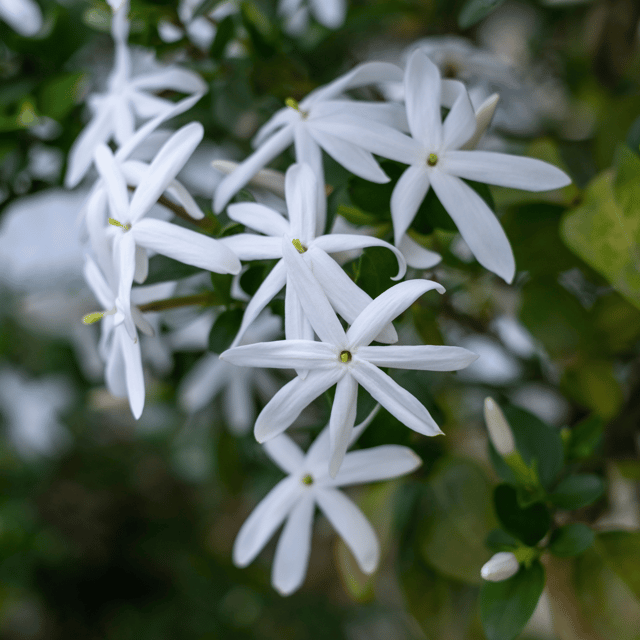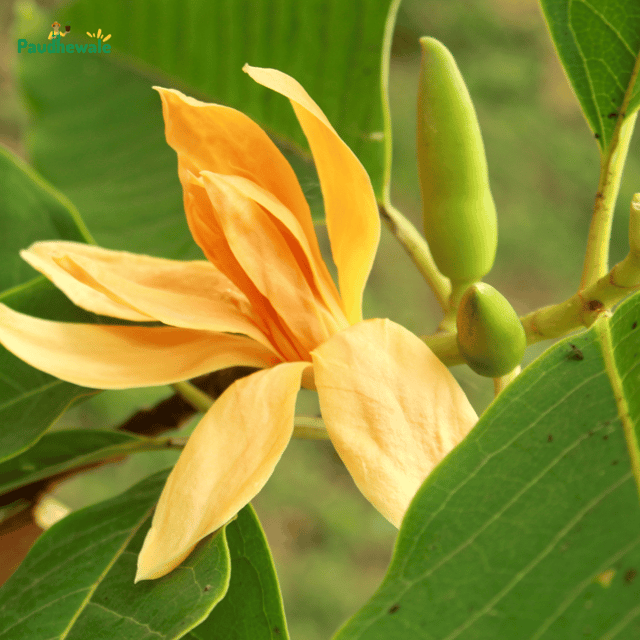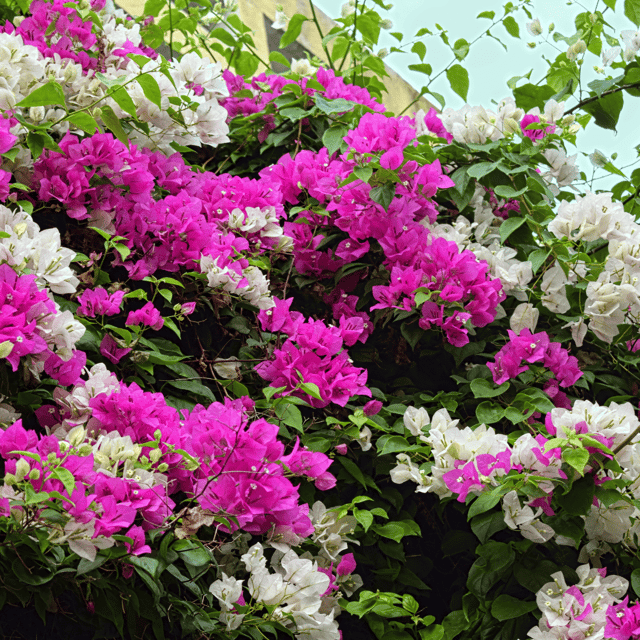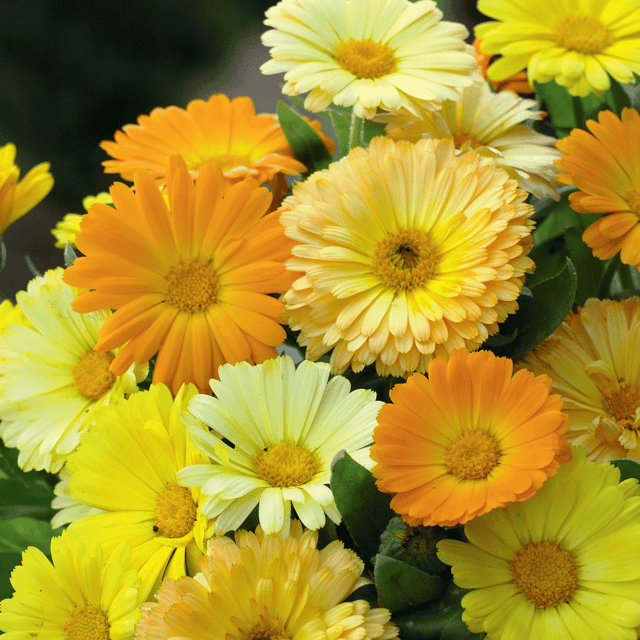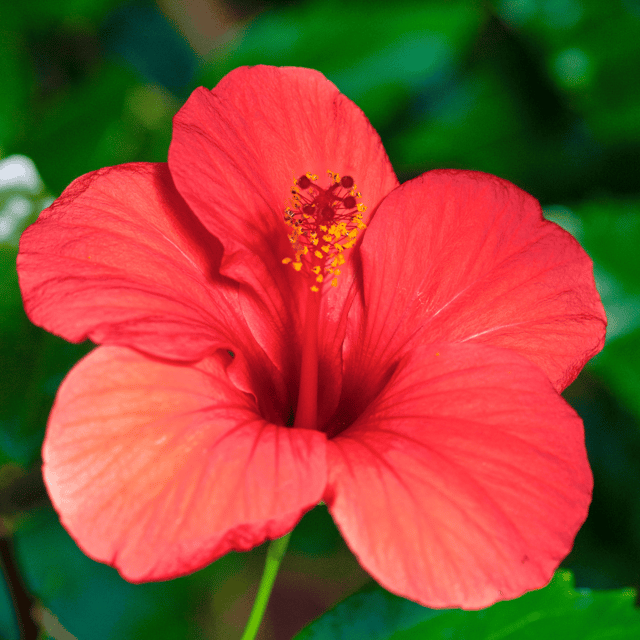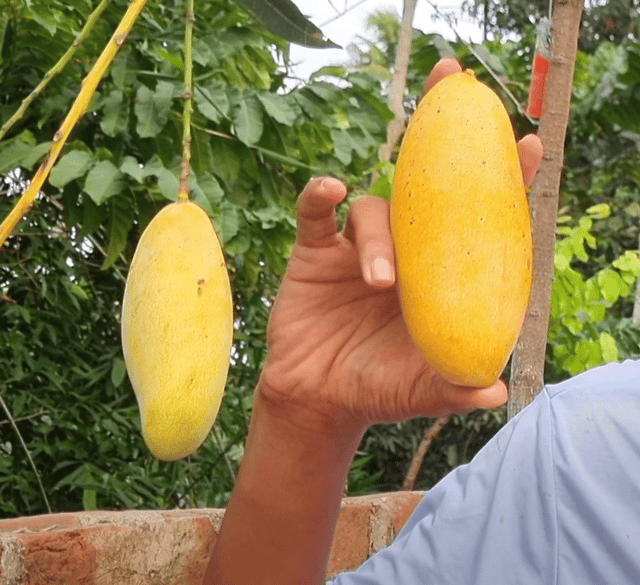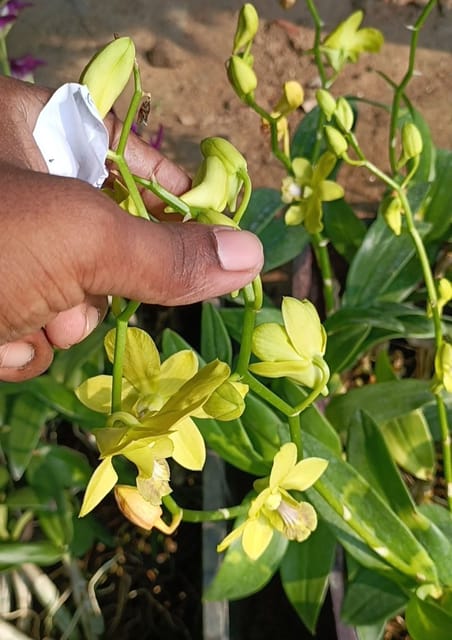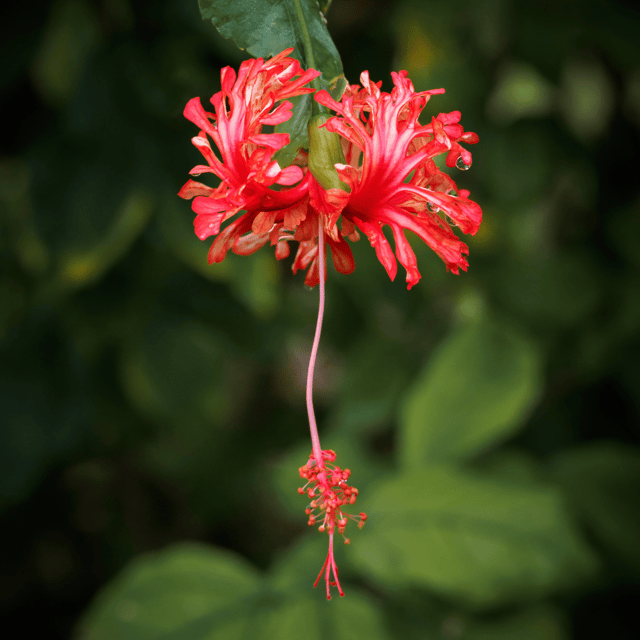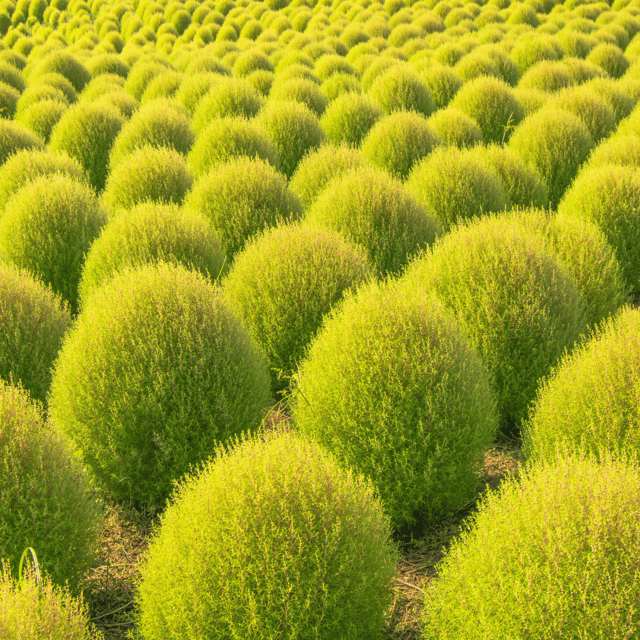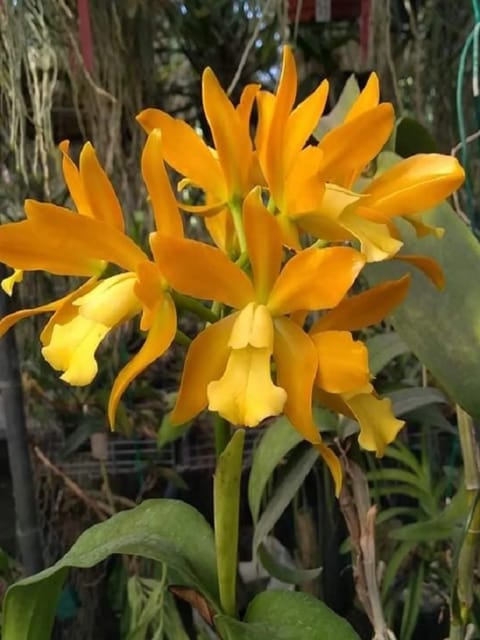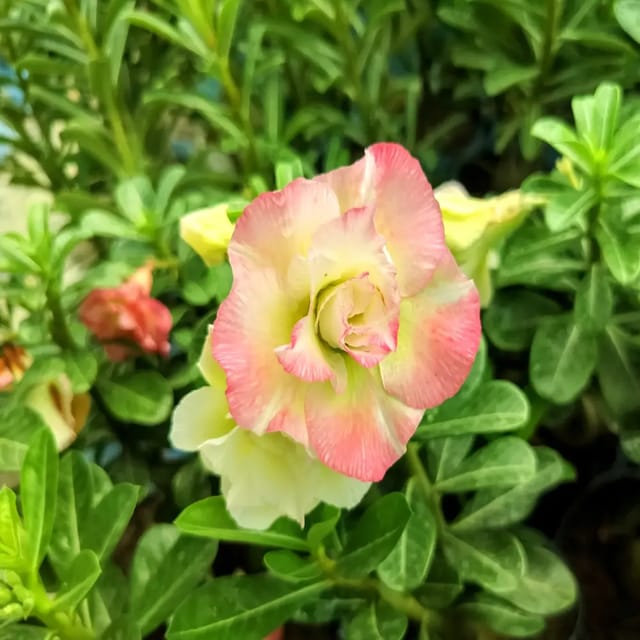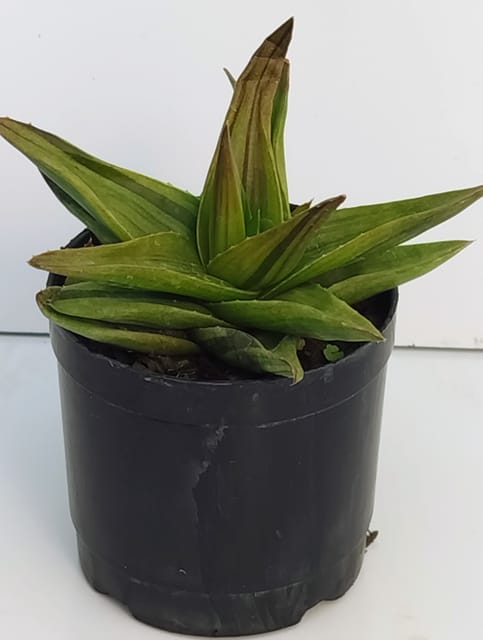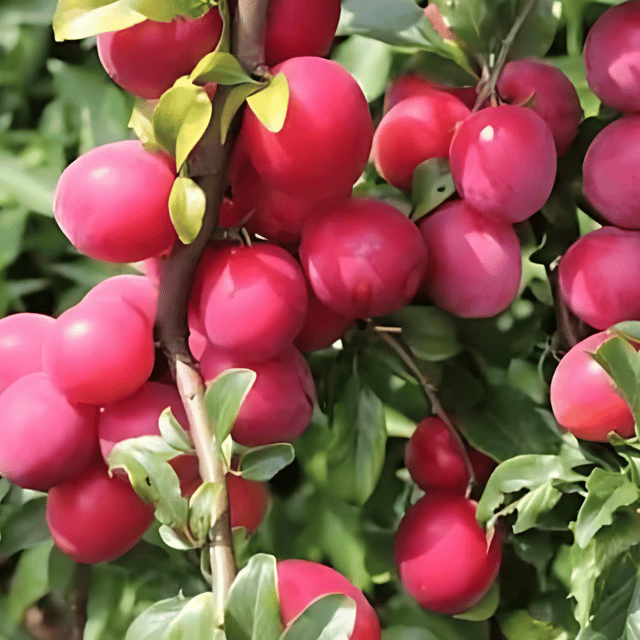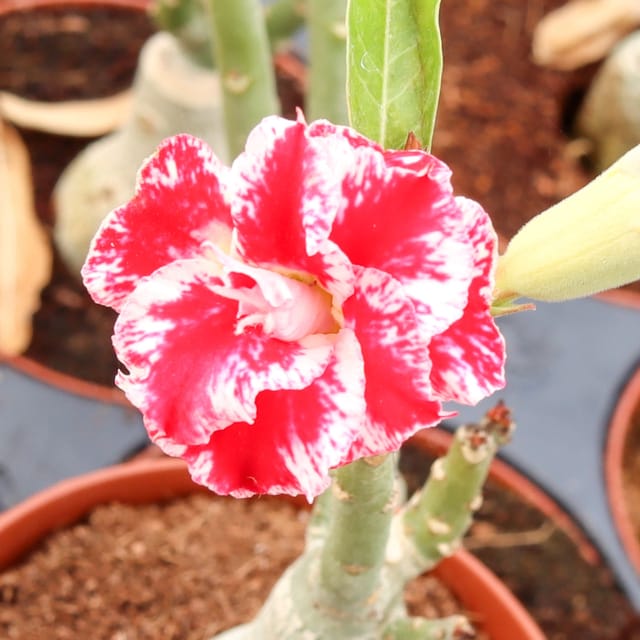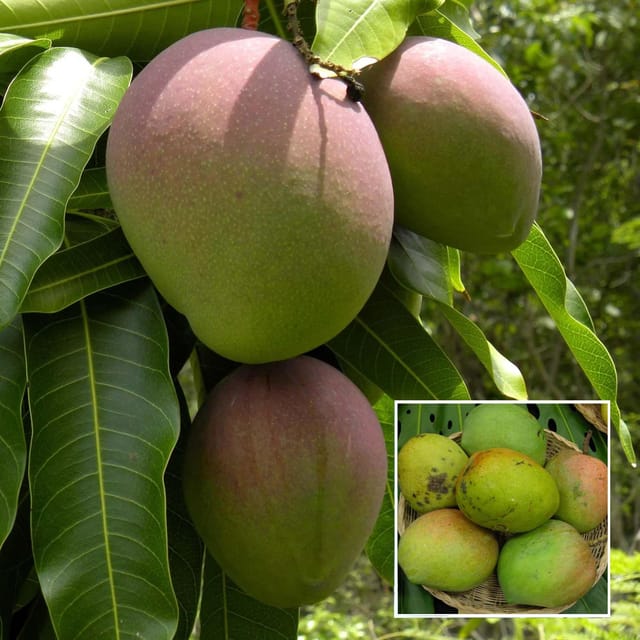💚 Variegated String of Hearts – A Delicate Cascade of Beauty for Your Home! 💚
The Variegated String of Hearts Plant (Ceropegia woodii variegata) is a charming, trailing houseplant adored for its heart-shaped leaves with stunning pink, green, and cream variegation. Perfect for hanging planters, shelves, or trailing down bookcases, this low-maintenance beauty adds a whimsical touch to any indoor space with its cascading vines and delicate appearance.
Key Features & Benefits
✅ Unique Heart-Shaped Leaves – Gorgeous pink, green, and cream variegation.
✅ Fast-Growing Trailing Vines – Perfect for hanging baskets.
✅ Low Maintenance & Hardy – Easy to care for, even for beginners.
✅ Drought-Tolerant – Stores water in tuberous roots, needing minimal watering.
✅ Air-Purifying Qualities – Helps improve indoor air quality.
Plant Specifications
| Feature | Details |
|---|
| Plant Name | Variegated String of Hearts |
| Scientific Name | Ceropegia woodii variegata |
| Plant Type | Perennial Trailing Succulent |
| Sunlight Requirement | Bright Indirect Light to Partial Sun |
| Watering | Low; Let Soil Dry Between Watering |
| Soil Type | Well-Draining, Cactus or Succulent Mix |
| Growth Length | Trails Up to 3-4 Feet |
| Special Features | Drought-Tolerant, Fast-Growing, Ornamental |
How to Grow & Care for Variegated String of Hearts?
1️⃣ Planting – Use a well-draining pot with succulent or cactus soil mix.
2️⃣ Sunlight – Thrives in bright, indirect light; some direct morning sun enhances variegation.
3️⃣ Watering – Water sparingly; allow soil to dry out completely between waterings.
4️⃣ Humidity – Adapts well to normal household humidity levels.
5️⃣ Pruning – Trim leggy vines to encourage bushier growth.
6️⃣ Fertilization – Feed with a diluted succulent fertilizer during the growing season (spring-summer).
Uses of Variegated String of Hearts
🌿 Hanging Baskets & Wall Planters – Stunning cascading display.
🏡 Bookshelf or Window Sill Plant – Perfect for small indoor spaces.
🌸 Terrarium or Mini Garden Accent – Adds delicate charm to plant arrangements.
🎁 Romantic Gift Plant – Heart-shaped leaves make it an ideal gift for loved ones.
Disclaimer
⚠️ Toxicity Warning – Mildly toxic if ingested; keep away from pets and small children.
⚠️ Growth Variation – Color variegation may change depending on light exposure.
⚠️ Image Disclaimer – Actual plant may vary slightly from product images.
Why Buy from Paudhewale?
🌱 Premium Quality Bare Root Plants – Carefully grown and ready to thrive.
🚚 Secure Packaging & Fast Delivery – Ensures plants arrive in perfect condition.
📞 Gardening Support – Expert guidance for successful growth.
